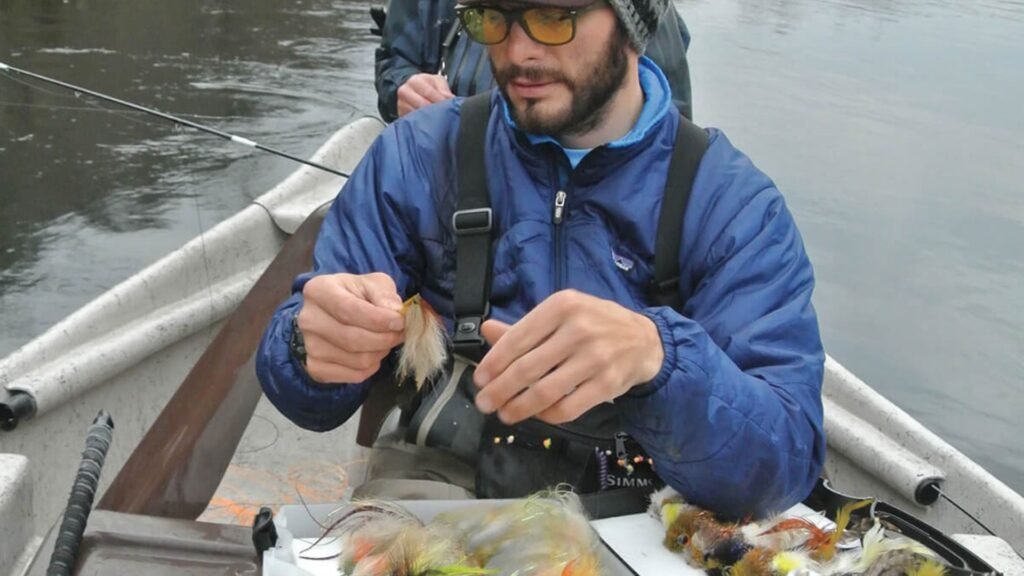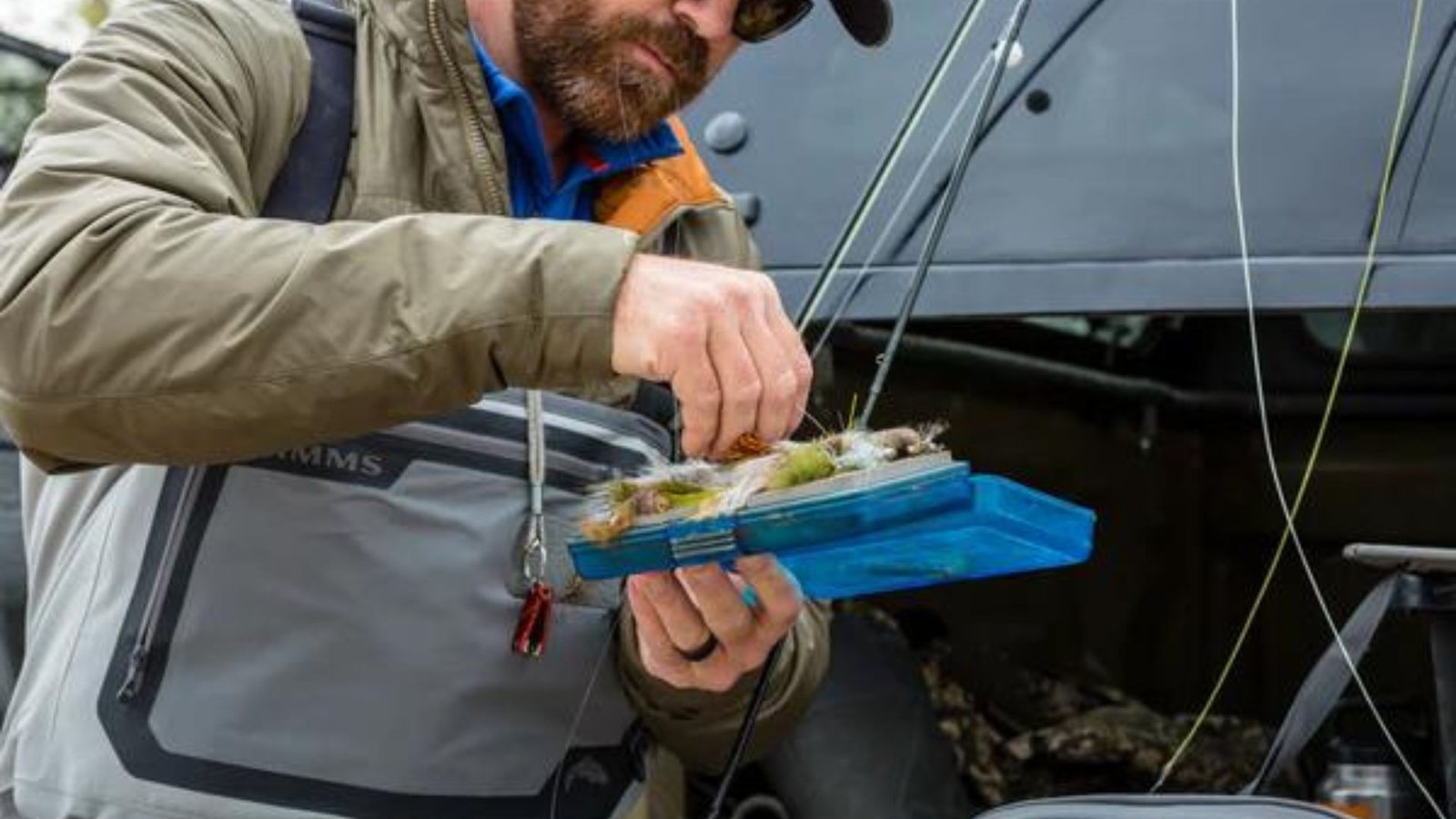Organizing and storing your salmon flies properly is crucial for keeping them in optimal condition and easily accessible when you’re out on the water. Here are some expert tips to help you manage your fly collection effectively:

Best Tips for Storing and Organizing Your Salmon Flies
1. Use Fly Boxes for Organization
Invest in quality fly boxes designed specifically for salmon flies. Consider these options:
- Waterproof Boxes: Protect flies from moisture and rust.
- Compartmentalized Boxes: Organize flies by size, type, and pattern.
- Slit Foam Inserts: Secure flies without damaging delicate materials.
Organizing by box type ensures your flies remain neatly arranged and readily available.
2. Label and Categorize Flies
Label your fly boxes by type of fly or fishing scenario. This helps you quickly identify and select the right fly:
- Species-Specific Labels: Mark boxes for Atlantic, Pacific, or other salmon species.
- Seasonal Labels: Indicate flies suited for spring, summer, fall, or winter fishing.
- Water Conditions: Separate flies for clear, turbid, or fast-flowing waters.
Clear labeling streamlines your selection process, saving time and reducing frustration on the water.
3. Maintain Fly Quality
Protect the integrity of your salmon flies to ensure they remain effective:
- Dry Flies Thoroughly: Allow flies to dry completely before storing to prevent mold and mildew.
- Inspect Regularly: Check flies for damage, rust, or signs of wear and tear.
- Replace Worn Flies: Retire flies showing excessive wear to maintain optimal performance.
Regular maintenance extends the lifespan of your flies and enhances their fishing effectiveness.
4. Consider Temperature and Humidity
Store your fly boxes in a cool, dry place to preserve fly quality:
- Avoid Extreme Temperatures: Heat can melt adhesives, while cold can affect fly materials.
- Control Humidity: Use silica gel packets or desiccants to absorb moisture inside fly boxes.
- Air Circulation: Ensure airflow around stored flies to prevent condensation.
Stable environmental conditions protect fly integrity and prevent deterioration.
5. Rotate and Refresh Flies
Rotate your fly selection periodically to optimize fishing success:
- Seasonal Rotation: Adjust fly types and patterns based on seasonal insect activity.
- Trial and Error: Experiment with different flies to gauge salmon preferences.
- Refine Techniques: Adapt to changing fishing conditions with updated fly choices.
Refreshing your fly assortment keeps your tactics versatile and responsive to fish behavior.
6. Organize by Fishing Location
Arrange flies according to your fishing destinations:
- Local Waters: Stock flies suited to your nearby rivers, lakes, or coastal areas.
- Travel Sets: Prepare fly boxes tailored for specific fishing trips or destinations.
- Emergency Flies: Keep backup flies for unexpected opportunities or changes in fishing plans.
Tailoring your fly organization enhances preparedness and ensures you’re equipped for any fishing scenario.
7. Seek Storage Advice from Experts
Consult local fly shops, guides, or experienced anglers for personalized storage tips:
- Community Insights: Tap into local knowledge on effective fly storage practices.
- Custom Solutions: Explore custom fly storage solutions recommended by seasoned anglers.
- Continuous Learning: Stay updated on new storage techniques and products.
Valuable advice enhances your storage system’s efficiency and protects your investment in quality flies.
Conclusion
Efficiently storing and organizing your salmon flies is essential for maintaining their condition and maximizing fishing success. By utilizing specialized fly boxes, labeling for easy identification, ensuring fly quality, controlling storage conditions, rotating flies, organizing by location, and seeking expert advice, you can optimize your fly fishing experience. Follow these tips to streamline your fly management and enhance your enjoyment on the water.




